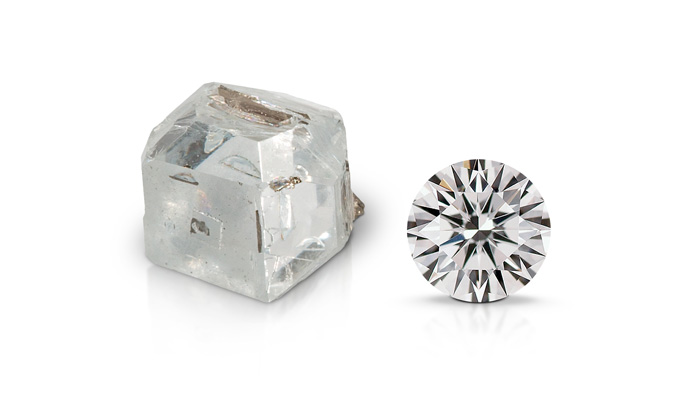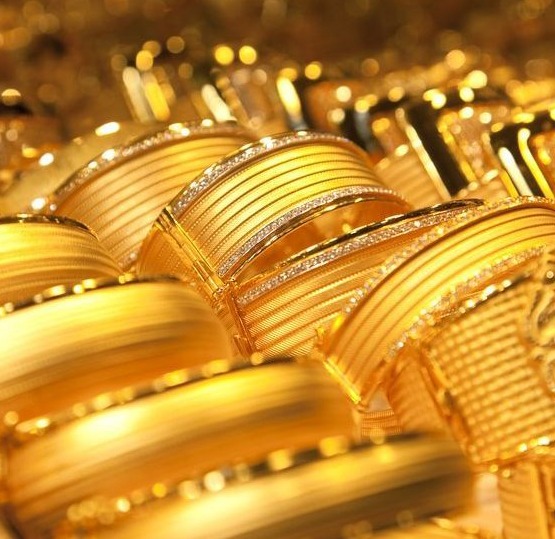In recent years, lab diamonds have been making waves in the jewelry industry, offering an ethical and sustainable alternative to mined diamonds. This guide explores everything you need to know about lab diamonds, from their creation process to their benefits and care.
Introduction
What are lab diamonds?
Lab diamonds, also known as synthetic or cultured diamonds, are diamonds created in controlled laboratory environments rather than being formed naturally in the earth’s mantle. Despite their synthetic origin, lab diamonds possess the same physical, chemical, and optical properties as mined diamonds.
Why are lab diamonds gaining popularity?
Lab diamonds are gaining popularity for several reasons. Firstly, guides lab diamonds, they offer consumers an ethical choice, as they are produced without the environmental and ethical concerns associated with traditional diamond mining. Additionally, lab diamonds are often more affordable than mined diamonds, making them an attractive option for budget-conscious buyers.
The Process of Creating Lab Diamonds
Lab diamonds are created using two primary methods: the high-pressure, high-temperature (HPHT) method and the chemical vapor deposition (CVD) method.
High-pressure, high-temperature (HPHT) method
In the HPHT method, a small diamond seed is placed in a carbon-rich environment and subjected to extreme pressure and temperature conditions, replicating the natural diamond formation process.
Chemical vapor deposition (CVD) method
In the CVD method, a diamond seed is placed in a chamber filled with carbon-rich gases. These gases are then ionized into plasma using microwaves, causing the carbon atoms to adhere to the seed and gradually crystallize into a diamond.
Quality of Lab Diamonds
When evaluating lab diamonds, several factors contribute to their overall quality:
Clarity
Lab diamonds can vary in clarity, ranging from flawless to included. Clarity is determined by the presence of internal and external flaws, known as inclusions and blemishes, respectively.
Color
Lab diamonds are available in a range of colors, from colorless to fancy colors like yellow and pink. The color grade of a lab diamond is determined by its hue, tone, and saturation.
Cut
The cut of a diamond refers to its proportions, symmetry, and polish, which directly impact its brilliance and sparkle. Well-cut lab diamonds exhibit exceptional fire and brilliance.
Carat weight
Carat weight is a measure of a diamond’s size and weight, with one carat equal to 200 milligrams. Lab diamonds are available in various carat weights to suit different preferences and budgets.
Benefits of Choosing Lab Diamonds
There are several benefits to choosing lab diamonds over mined diamonds:
Cost-effectiveness
Lab diamonds are typically more affordable than mined diamonds, offering significant cost savings without compromising on quality or beauty.
Ethical considerations
Lab diamonds are produced in ethical and sustainable laboratory settings, free from the environmental and social issues associated with traditional diamond mining.
Environmental impact
Lab diamond production has a significantly lower environmental impact than diamond mining, reducing the need for land disruption, water usage, and energy consumption.
Comparison with Mined Diamonds
When comparing lab diamonds to mined diamonds, man made diamonds, several factors come into play:
Cost
Lab diamonds are generally more affordable than mined diamonds of comparable quality, making them an attractive option for budget-conscious consumers.
Origin
While mined diamonds are formed naturally over millions of years beneath the earth’s surface, lab diamonds are created within weeks or months in controlled laboratory environments.
Eco-friendliness
Lab diamond production is more environmentally friendly than diamond mining, as it does not require extensive land excavation or the use of heavy machinery.
Certification and Authentication
To ensure the quality and authenticity of lab diamonds, certification from recognized gemological laboratories is essential.
Importance of certification
Certification provides assurance that a lab diamond meets specific quality standards, including its cut, color, clarity, and carat weight.
Recognized certification labs
Some of the most reputable gemological laboratories that provide certification for lab diamonds include the Gemological Institute of America (GIA), the International Gemological Institute (IGI), and the American Gem Society (AGS).
Popular Settings for Lab Diamonds
Lab diamonds are versatile gemstones that can be incorporated into various types of jewelry, including:
Engagement rings
Lab diamonds are increasingly popular choices for engagement rings, offering couples a beautiful and ethical alternative to traditional mined diamonds.
Earrings
Lab diamond earrings are elegant and timeless accessories that add sparkle to any outfit, whether worn casually or for special occasions.
Necklaces
Lab diamond necklaces are stunning statement pieces that complement both casual and formal attire, making them versatile additions to any jewelry collection.
Caring for Lab Diamonds
Proper care and maintenance are essential to preserve the beauty and brilliance of lab diamonds over time.
Cleaning tips
To clean lab diamonds, simply soak them in warm, soapy water and gently scrub with a soft-bristled brush to remove dirt and debris. Alternatively, you can use a commercial jewelry cleaning solution.
Maintenance advice
Avoid exposing lab diamonds to harsh chemicals or abrasive materials, as these can damage their surfaces. Additionally, store lab diamond jewelry separately to prevent scratching and tangling.
Misconceptions About Lab Diamonds
Despite their growing popularity, there are still some misconceptions surrounding lab diamonds:
Are lab diamonds “fake”?
Lab diamonds are real diamonds with the same chemical composition and physical properties as mined diamonds, making them far from “fake.”
Do lab diamonds lack sparkle?
Lab diamonds exhibit the same brilliance, fire, and sparkle as mined diamonds, thanks to their identical crystal structure and optical properties.



